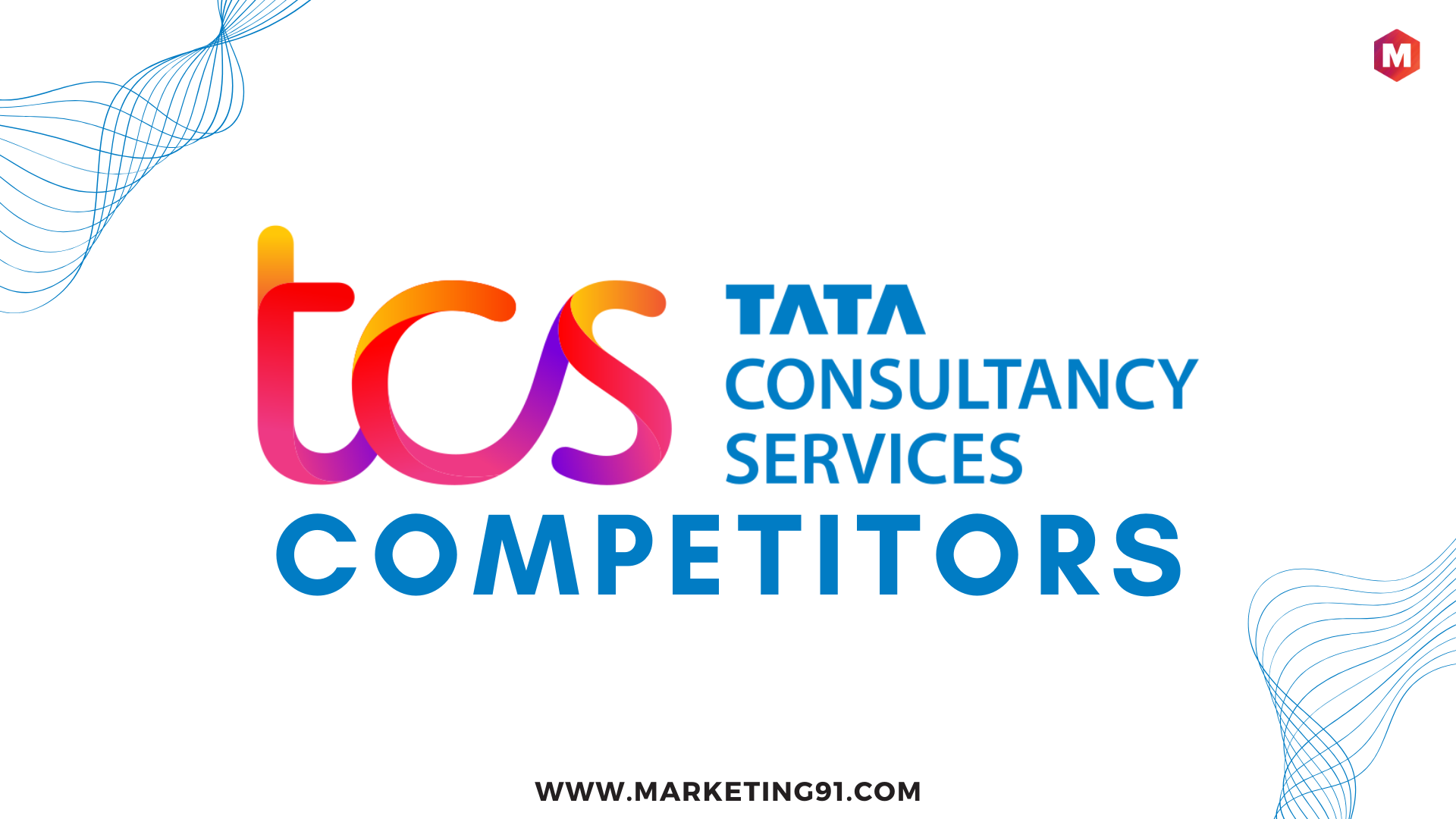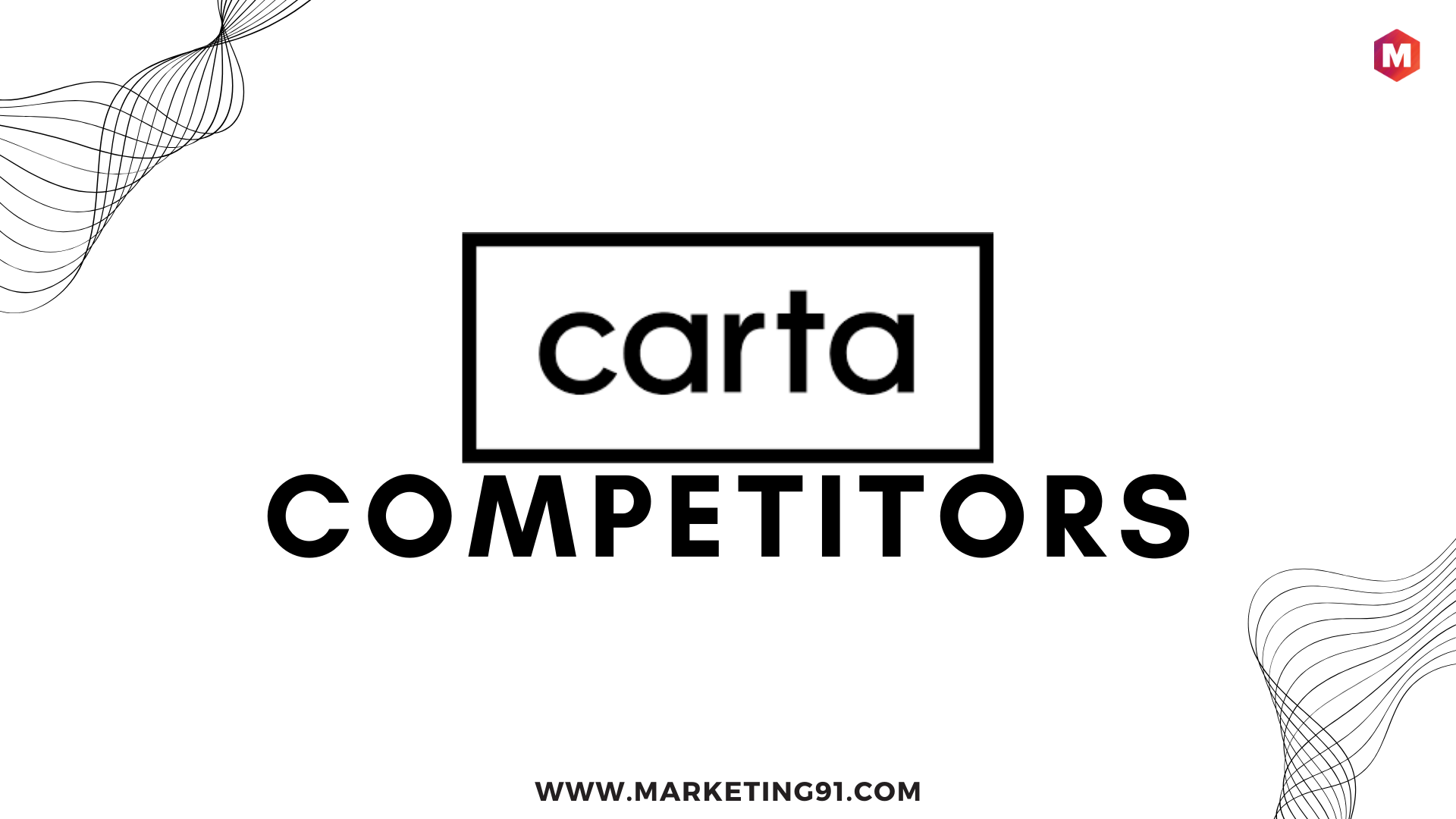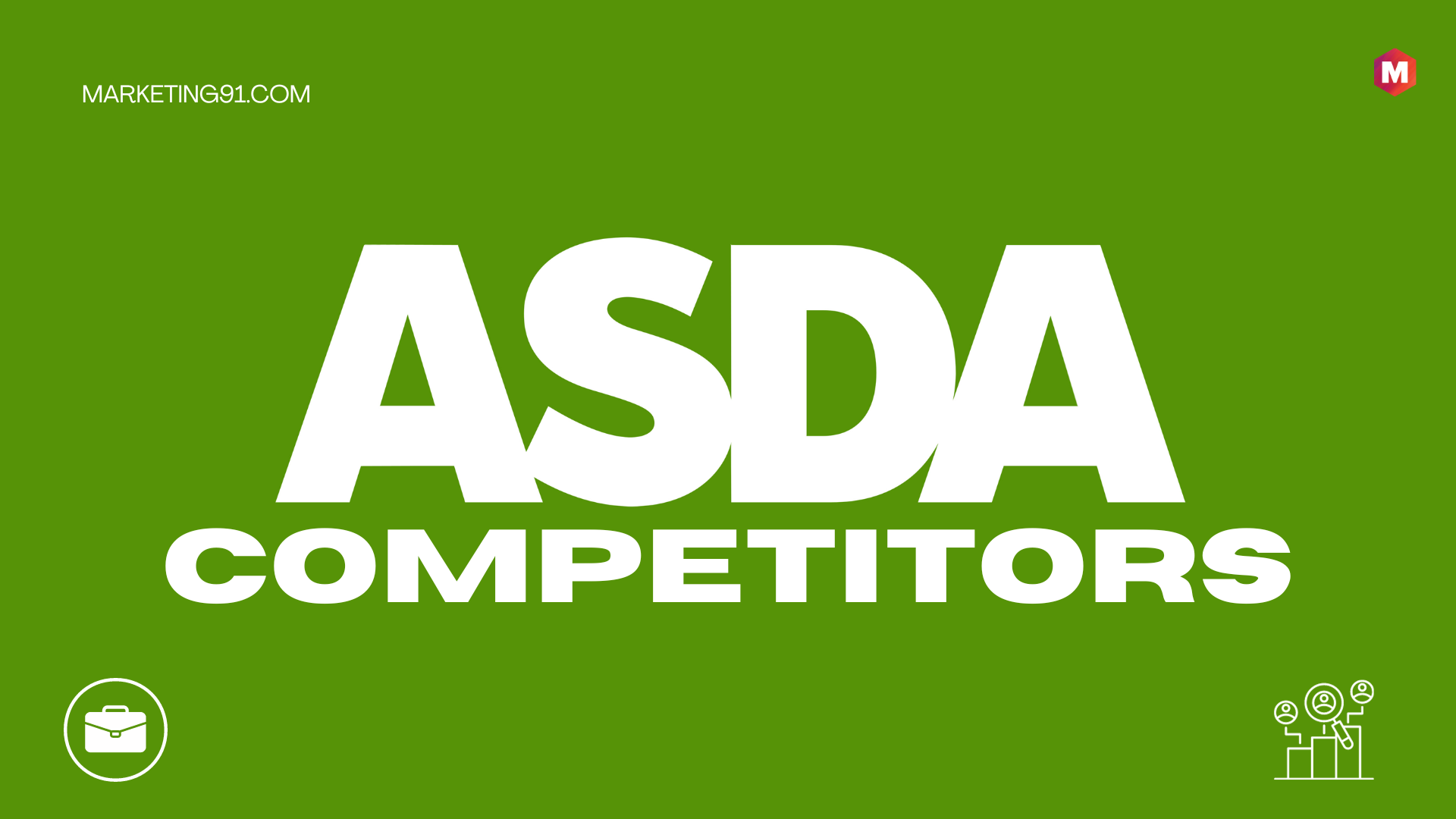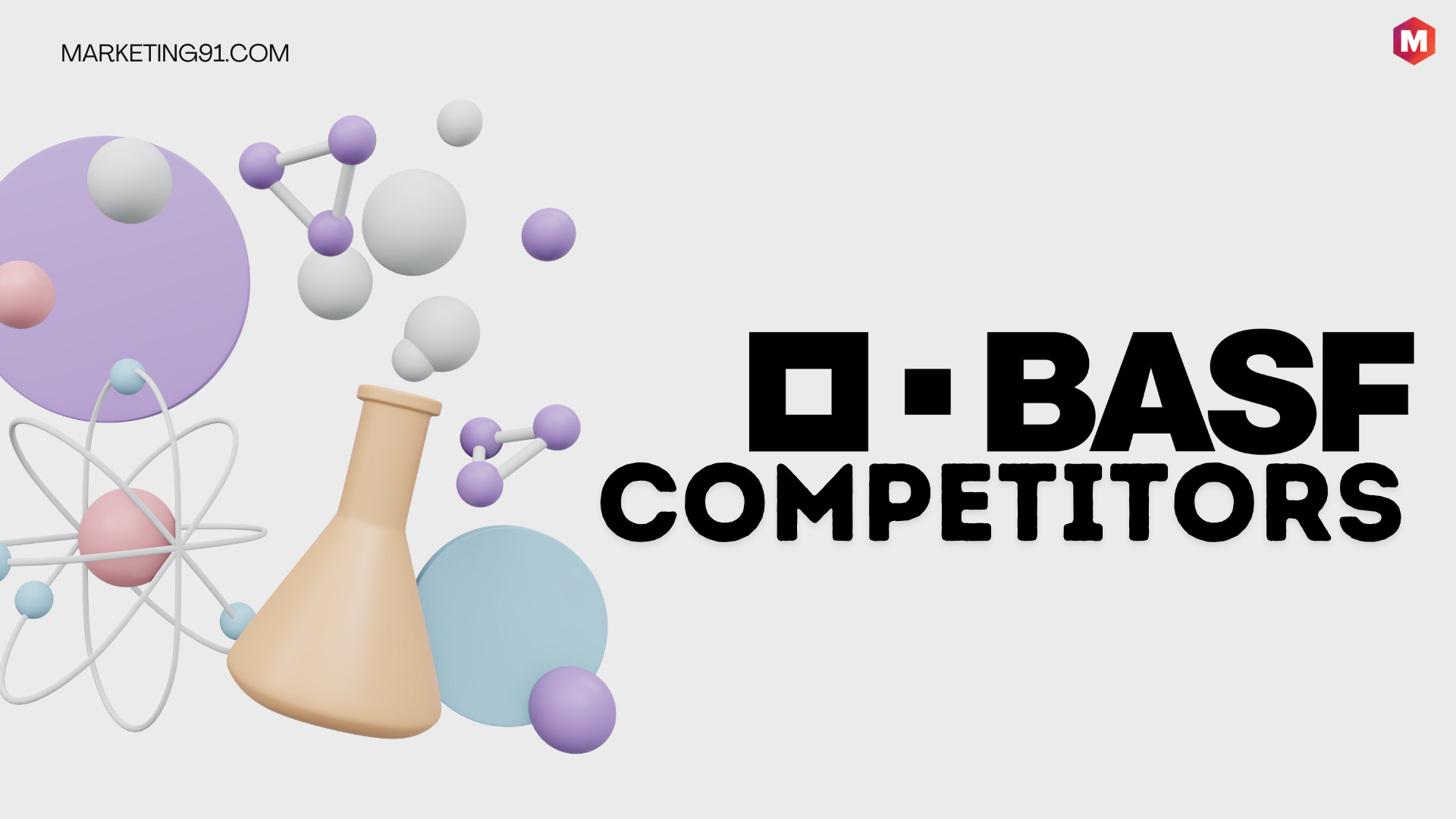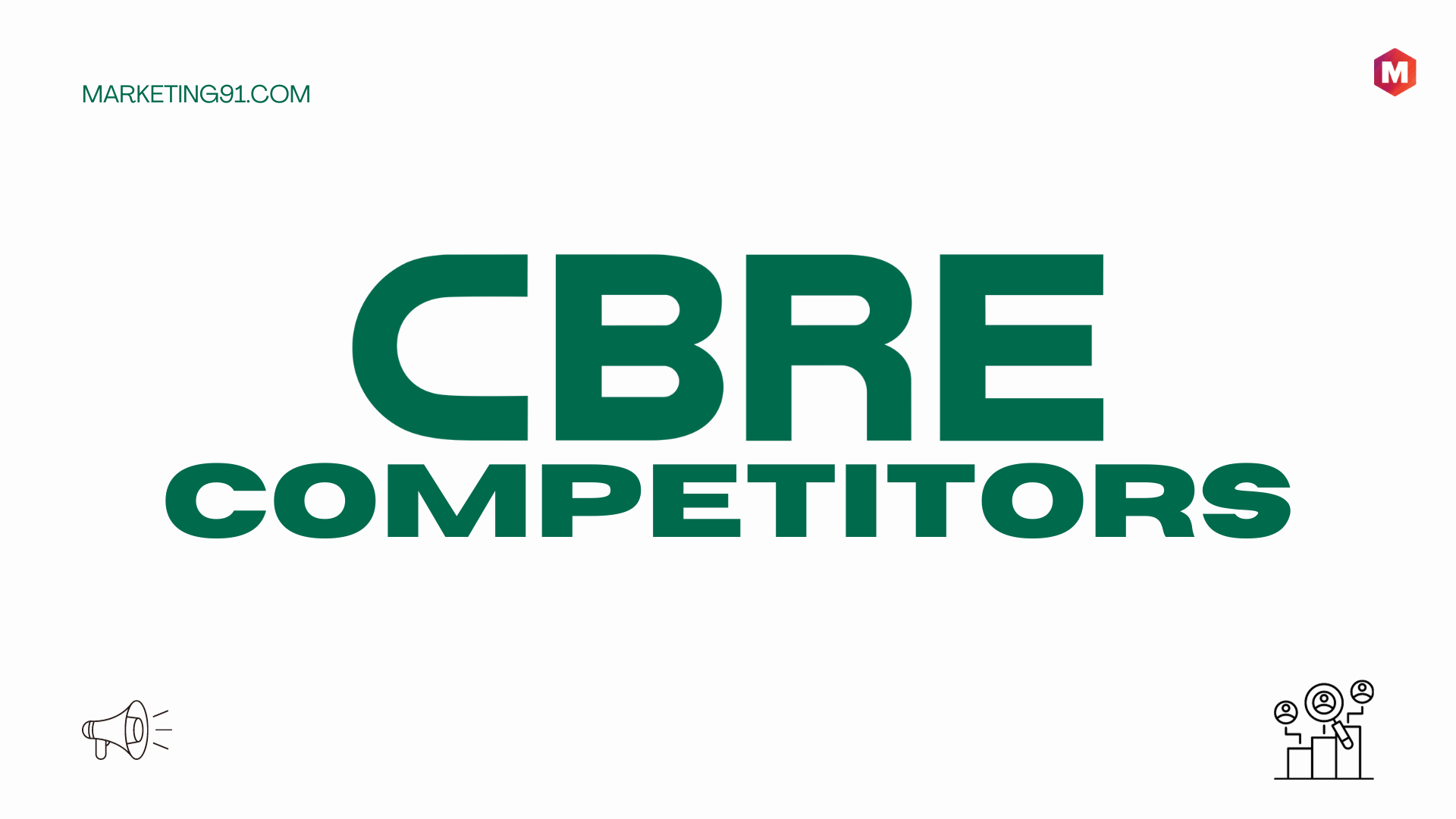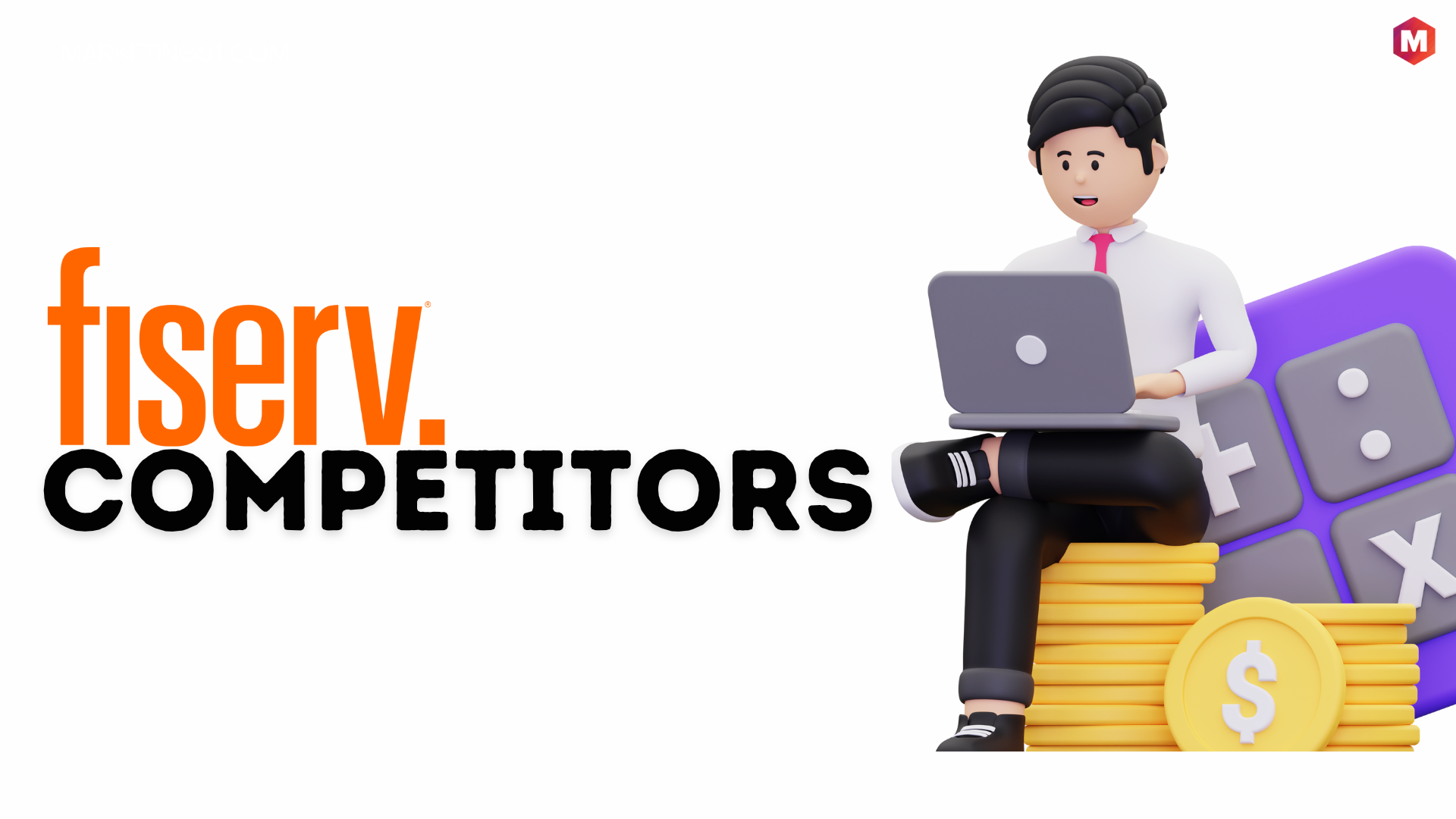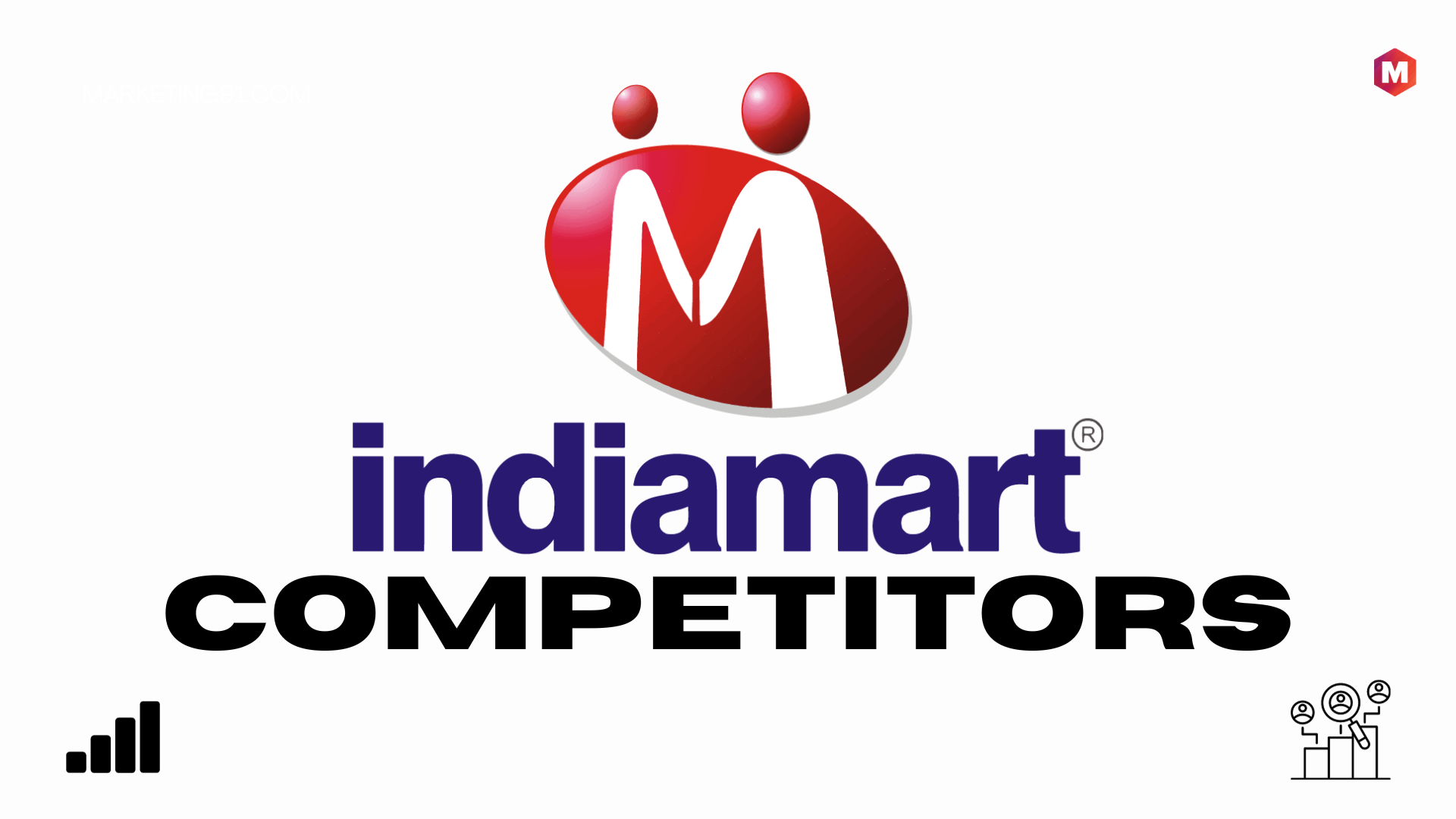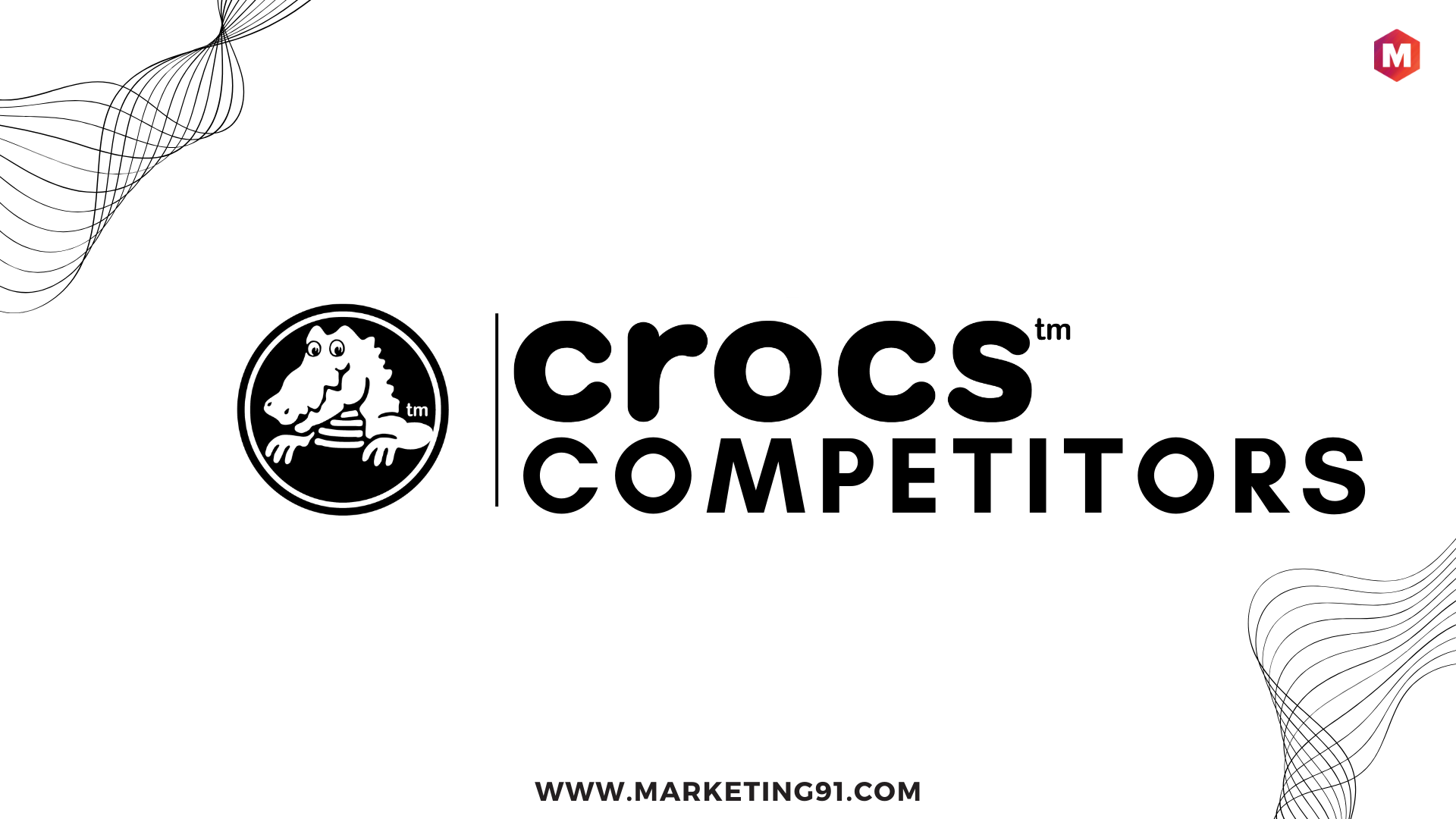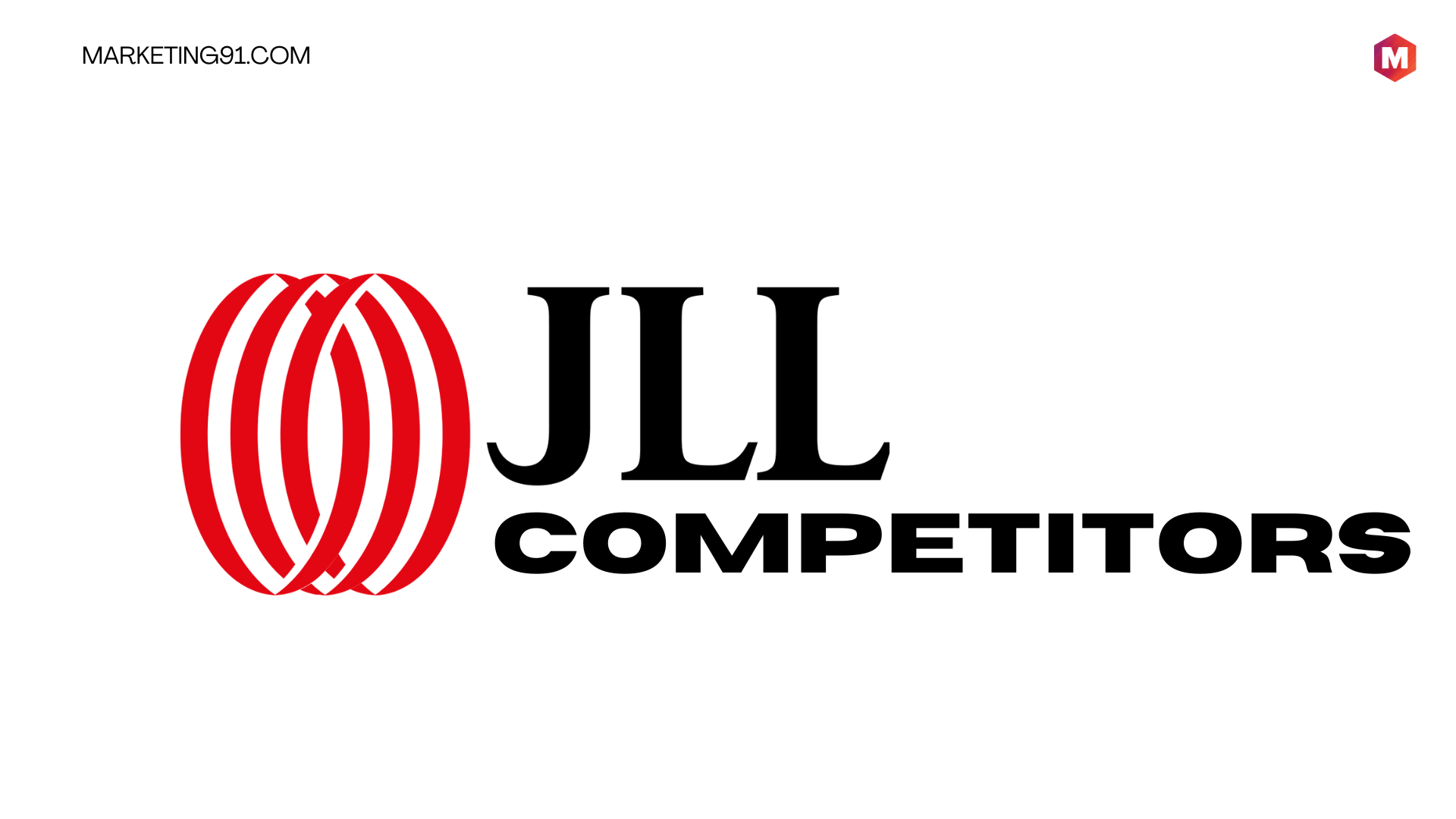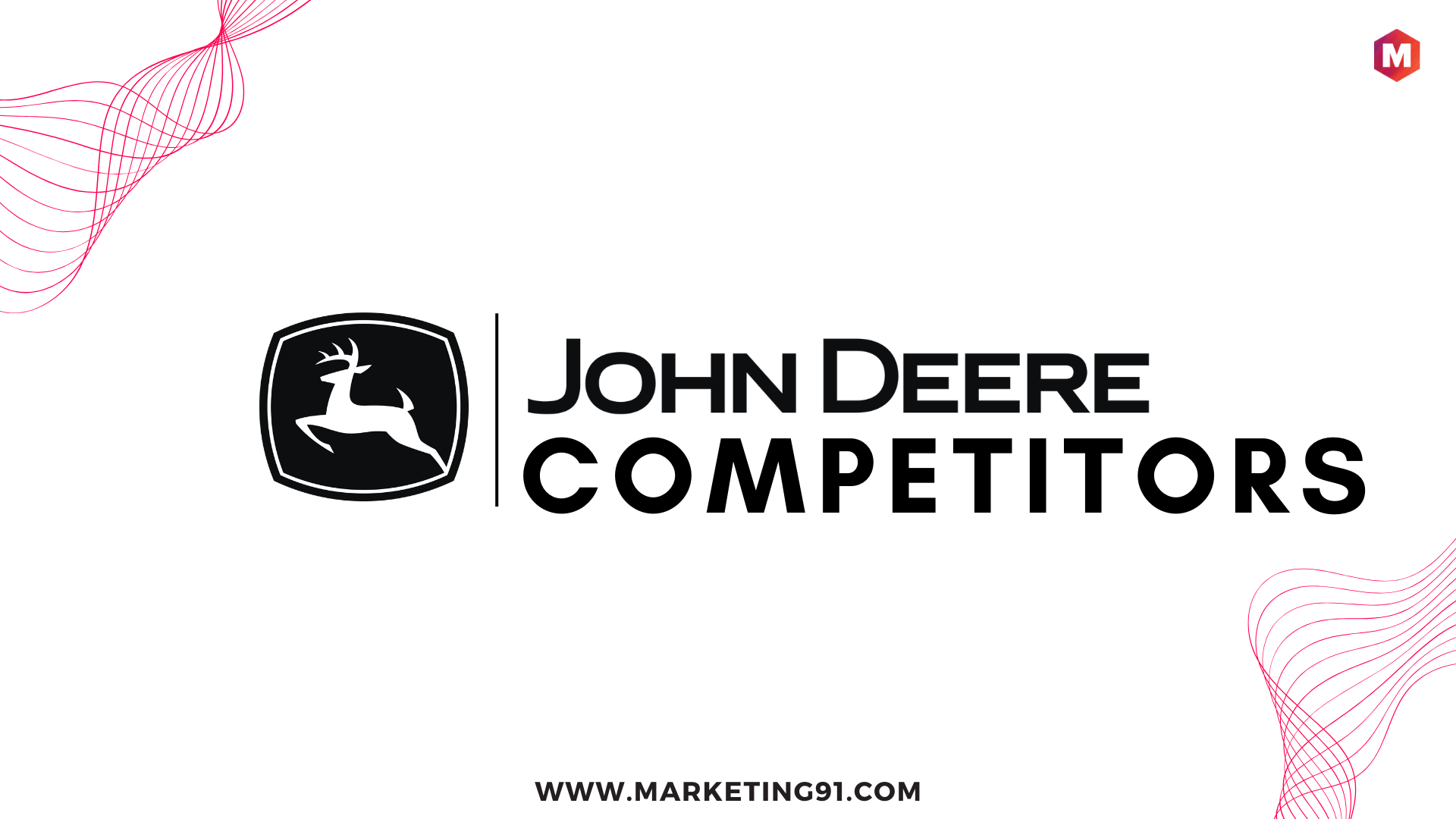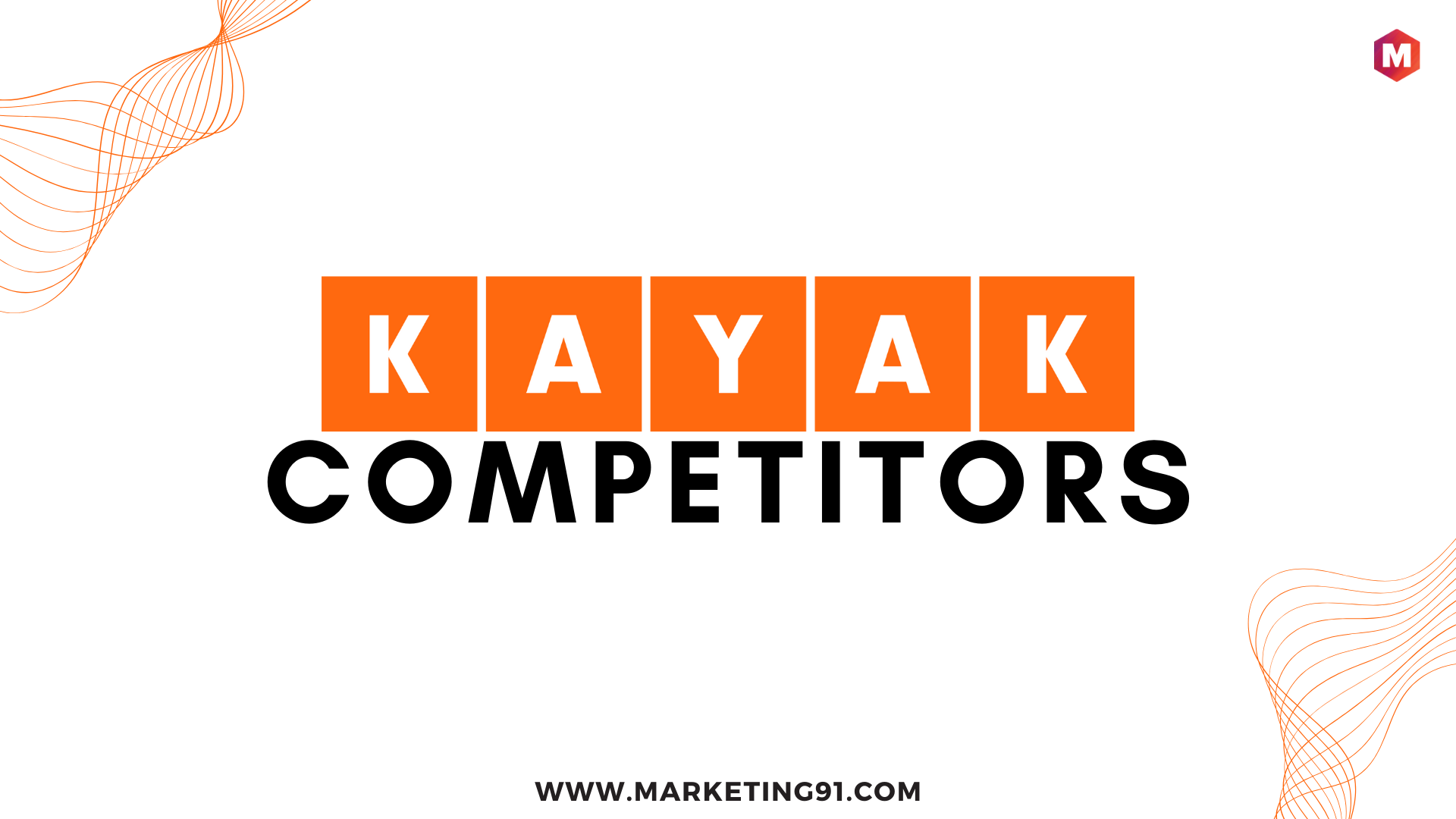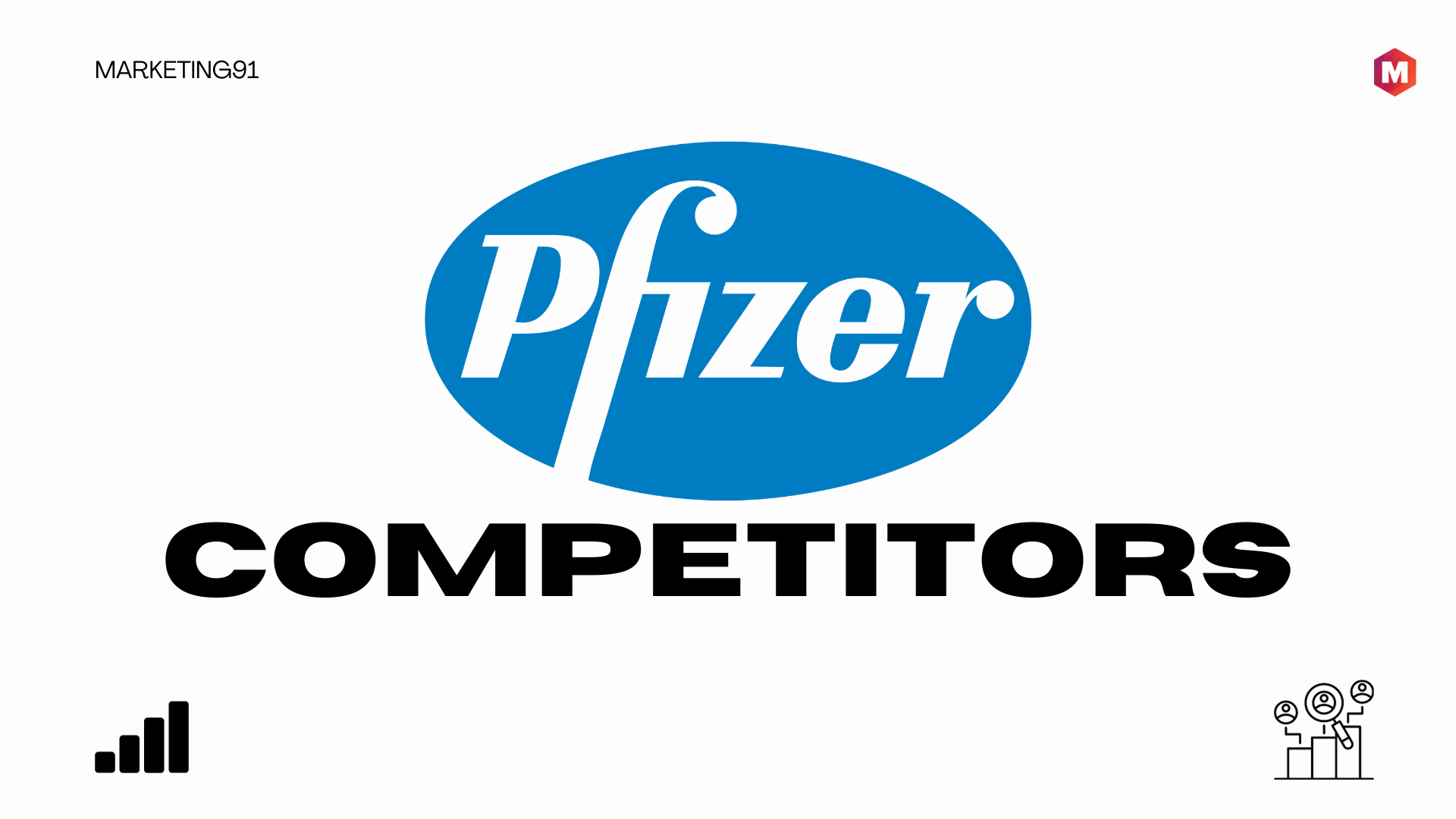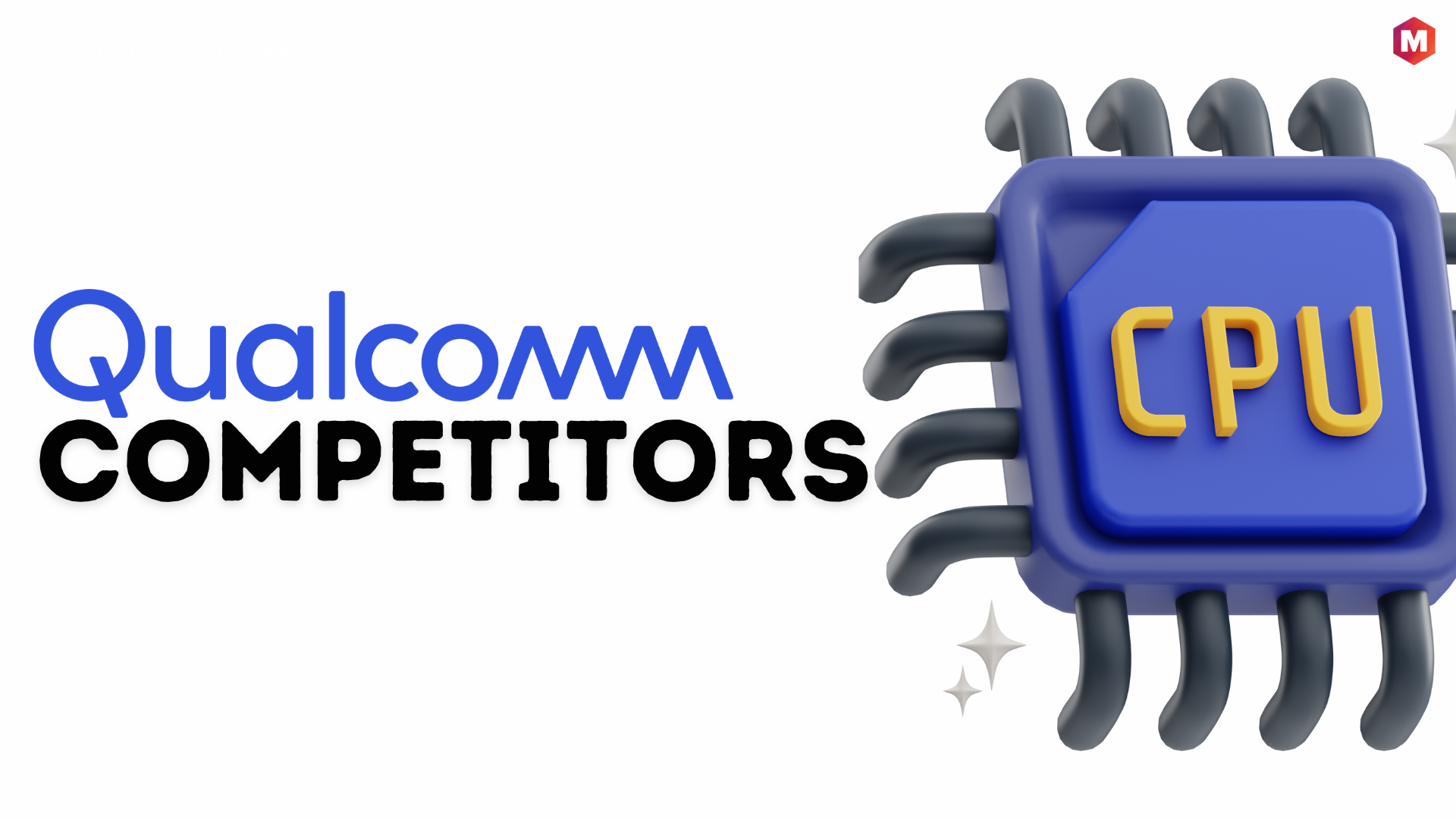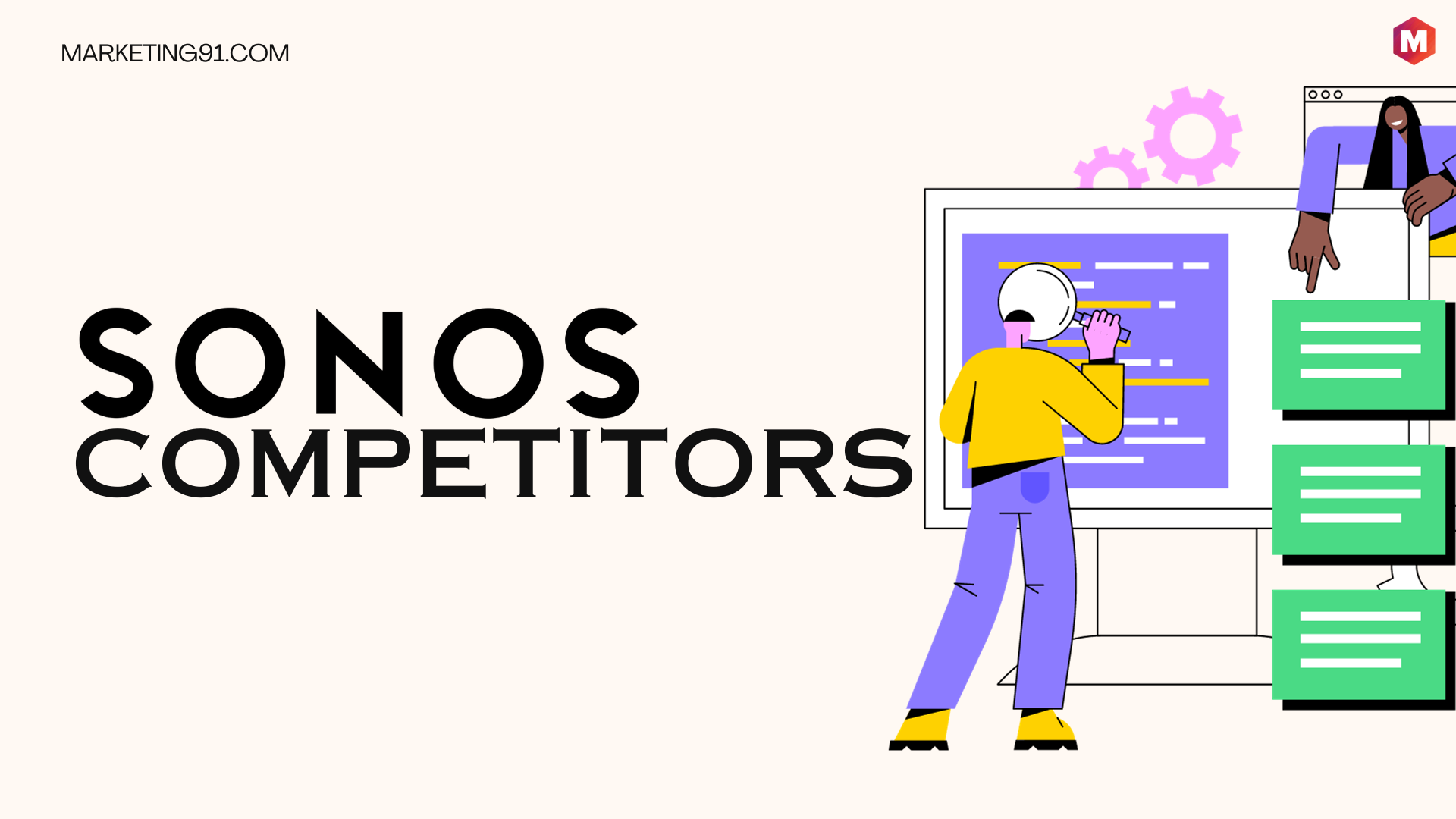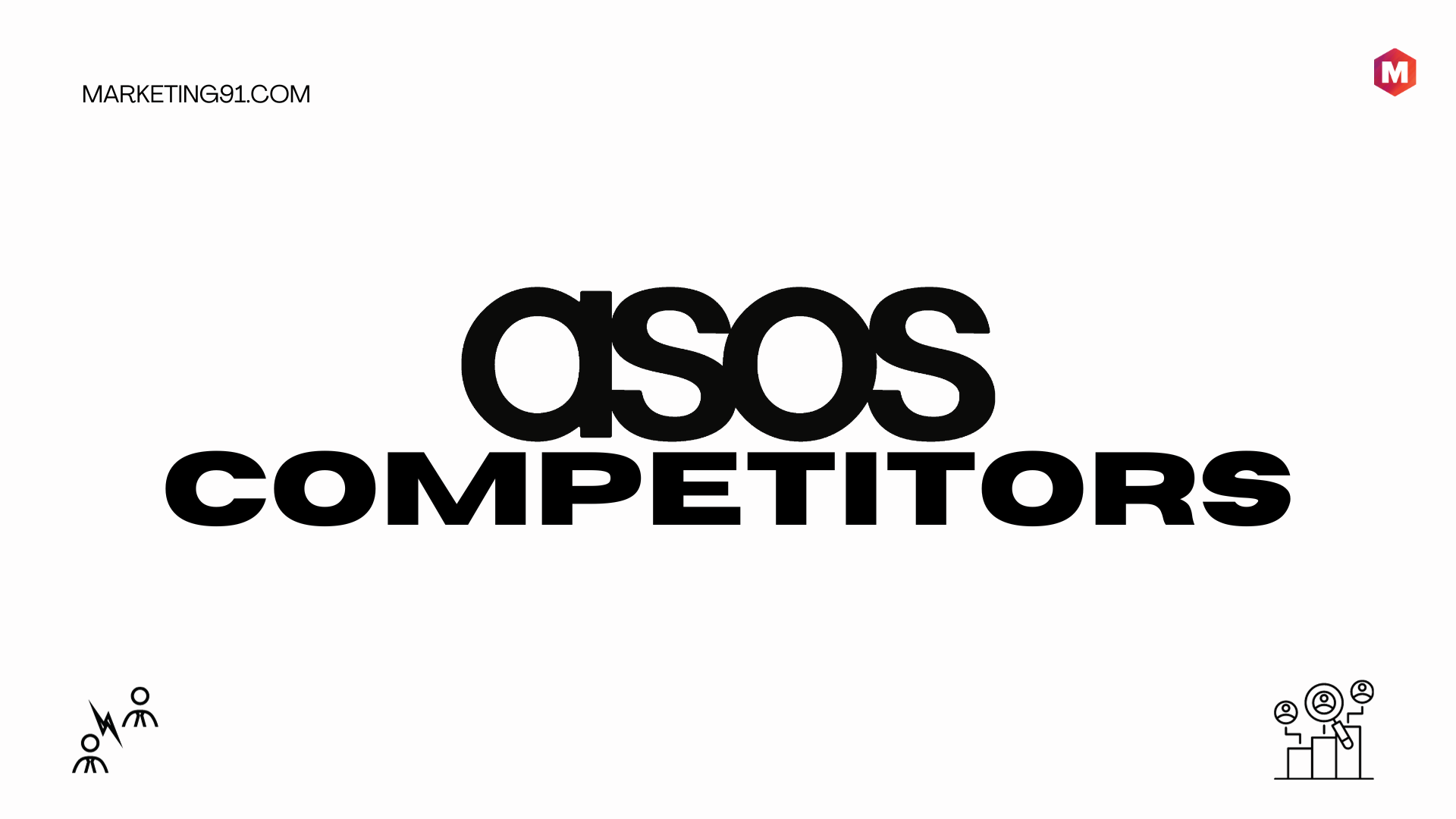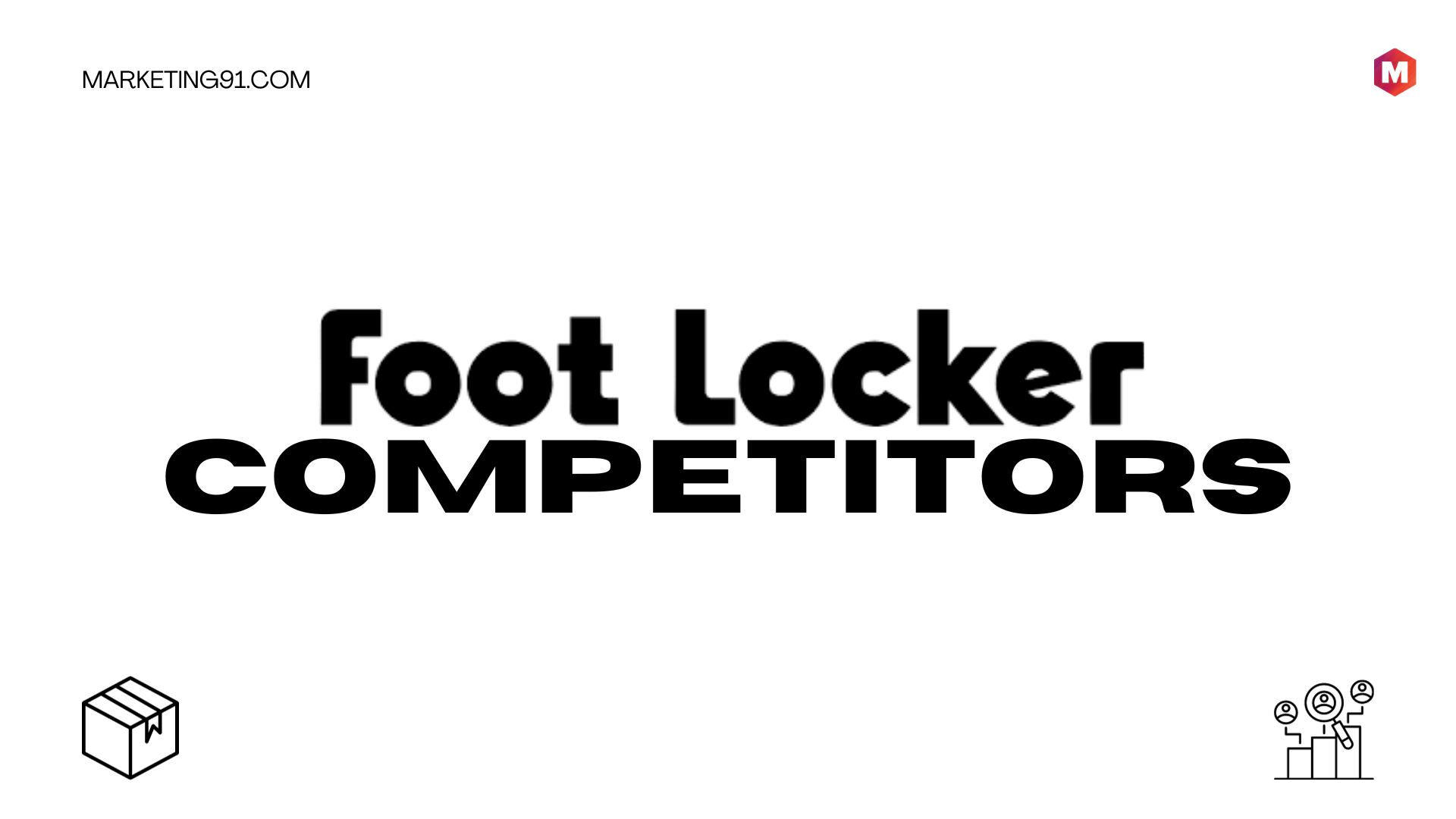Tata Consultancy Services (TCS) is an Indian multinational information technology (IT) service and consulting company. Tata Consultancy Services (TCS), established in 1968, is India’s premier…
Top 30 Fortinet Competitors & Alternatives in 2025
Fortinet is a leading provider of cybersecurity solutions for businesses of all sizes. Founded in 2000, the company has increased to become a trusted global…
Top 30 23andMe Competitors & Alternatives in 2025
23andMe is a biotechnology company that offers DNA testing and analysis services, providing customers with insights into their Ancestry, health, and genetic predispositions. In this…
Top 30 Holiday Inn Competitors & Alternatives in 2025
Holiday Inn is a globally recognized hotel brand that offers travelers comfortable and affordable accommodations worldwide. Since 1952, Holiday Inn has become a staple in…
Top 24 Carta Competitors & Alternatives in 2025
Carta is a leading software platform specializing in private companies’ equity management solutions. With its user-friendly interface and robust features, Carta aims to simplify the…
Top 30 Instacart Competitors & Alternatives in 2025
Instacart is a renowned and widely used online grocery delivery service that has revolutionized how people shop for groceries. In this article, we discuss the…
Top 28 Medtronic Competitors & Alternatives in 2025
Medtronic is a leading global healthcare solutions company specializing in medical technology, services, and therapies. With a rich history dating back to 1949, Medtronic has…
Top 28 ASDA Competitors & Alternatives in 2025
ASDA is a British supermarket chain that sells groceries, clothing, and general merchandise. Also known as Asda Stores Ltd, it is one of the largest…
Top 30 NASA Competitors & Alternatives in 2025
NASA, the National Aeronautics and Space Administration, is an iconic agency that has been at the forefront of space exploration and scientific discovery since its…
Top 28 Atlassian Competitors & Alternatives in 2025
Atlassian is an Australian software company that develops products for software developers, project managers, and other software development teams. In this article, we discuss the…
Top 23 BASF Competitors & Alternatives in 2025
The top BASF competitors are Covestro, Reliance Industries, Royal Dutch Shell, Total SA, Bayer, Evonik, Formosa Plastics, and others. BASF is a German chemical company…
Top 26 Caterpillar Competitors & Alternatives in 2025
Caterpillar is a leading manufacturer of construction and mining equipment, engines, and power generators. Caterpillar Inc., commonly known as Caterpillar, is a global manufacturer of…
Top 30 CBRE Competitors & Alternatives in 2025
CBRE is a multinational commercial real estate services and investment firm that operates in 100+ countries and has over 115K employees. In this article, we…
Top 29 Decathlon Competitors & Alternatives in 2025
Decathlon is a well-known global sports retailer founded in France in 1976. It operates over 1,600 stores in over 60 countries and offers affordable sporting…
Top 29 GitHub Competitors & Alternatives in 2025
GitHub is a website and cloud-based service that helps developers store and manage their code and track and control changes to their code. In this…
Top 30 Dynatrace Competitors & Alternatives in 2025
Dynatrace is a global technology company that provides a software observability platform based on artificial intelligence (AI) and automation. In this article, we discuss the…
Top 30 Fiserv Competitors & Alternatives in 2025
Fiserv is an industry-leading company that provides financial services technology solutions to diverse clients. It is headquartered in Brookfield, Wisconsin, and was founded in 1984….
Top 30 GoodRx Competitors & Alternatives in 2025
GoodRx is a leading healthcare platform that helps consumers save money on prescription medications by providing price comparisons, discounts, and coupons. In this article, we…
Top 30 Indiamart Competitors & Alternatives in 2025
IndiaMART is India’s largest online B2B marketplace, connecting buyers with suppliers. In this article, we discuss the top Indiamart Competitors and Alternatives. Launched in 1996,…
Top 28 Crocs Competitors & Alternatives in 2025
Crocs is a leading manufacturer and retailer of foam footwear that has sold over 100 million pairs of shoes worldwide. In this article, we discuss…
Top 27 JLL Competitors & Alternatives in 2025
Jones Lang LaSalle Incorporated (JLL) is a global commercial real estate services and investment management company headquartered in Chicago, Illinois. In this article, we discuss…
Top 24 John Deere Competitors & Alternatives in 2025
John Deere is a world-famous brand owned by Deere & Company, an American firm that mainly manufactures heavy-duty machinery for agricultural and construction projects. In…
Top 29 KAYAK Competitors & Alternatives in 2025
KAYAK is a travel technology company that offers a metasearch engine for travel deals and operates across seven international brands. KAYAK allows users to compare…
Top 30 Schneider Electric Competitors & Alternatives in 2025
Schneider Electric is a France-based company that operates in energy management, sustainability, and automation. Schneider Electric is a global leader in energy management and automation…
Top 25 Pfizer Competitors & Alternatives in 2025
Pfizer is an American multinational pharmaceutical and biotechnology corporation that develops and produces medicines and vaccines for immunology, oncology, cardiology, endocrinology, and neurology. In this…
Top 20 Sephora Competitors & Alternatives in 2025
Sephora is a French multinational retailer company of beauty and personal care products. Founded in 1969, Sephora is a multinational beauty retailer that has become…
Top 28 Qualcomm Competitors & Alternatives in 2025
Qualcomm is a leading technology company that develops and produces semiconductors and telecommunications equipment. In this article, we discuss the top Qualcomm Competitors and Alternatives….
Top 23 Woolworths Competitors & Alternatives in 2025
Woolworths is an Australian chain of supermarkets and grocery stores specializing in groceries, magazines, DVDs, health and beauty products, household products, pet and baby supplies,…
Top 30 RingCentral Competitors & Alternatives in 2025
RingCentral is a cloud-based communication and collaboration platform that offers services such as video conferencing for mobile devices and desktop apps, team messaging, and cloud…
Top 30 Alteryx Competitors & Alternatives in 2025
Alteryx is an American computer software company that provides an end-to-end data analytics platform and solutions for data preparation, blending, and analysis. In this article,…
Top 29 Sonos Competitors & Alternatives in 2025
Sonos is an American audio company that produces speakers, audio components, and accessories, with annual sales revenue amounting to over 1.7 billion U.S. dollars in…
Top 27 ASOS Competitors & Alternatives in 2025
ASOS is a leading online fashion retailer that offers a wide range of clothing, accessories, and beauty products for men and women. ASOS is a…
Top 27 Autodesk Competitors & Alternatives in 2025
Autodesk is an American multinational software corporation that makes software products and services for the architecture, engineering, construction, manufacturing, media, education, and entertainment industries. In…
Top 18 BlackRock Competitors & Alternatives in 2025
BlackRock is an American multinational investment management corporation founded in 1988 by four individuals, including Larry Fink, in New York City. In this article, we…
Top 30 Marketo Competitors & Alternatives in 2025
Marketo, a premier marketing automation platform, empowers businesses to streamline marketing processes, foster customer relationships, and boost revenue growth. Its robust suite of tools facilitates…
Top 30 Foot Locker Competitors & Alternatives in 2025
Foot Locker is a leading global athletic footwear and apparel retailer with over 3,100 stores in 27 countries. The company has a strong brand reputation…
Top 25 Chegg Competitors & Alternatives in 2025
Chegg is an American education technology company that provides homework help, digital and physical textbook rental sites, textbooks, online tutoring, and other student services. Chegg…
Top 28 BP Competitors & Alternatives in 2025
The top BP competitors are Royal Dutch Shell, ExxonMobil, Chevron, TotalEnergies, Saudi Aramco, ConocoPhillips and others. BP, also known as British Petroleum, is a global energy…
Top 31 Coursera Competitors & Alternatives in 2025
Coursera is a U.S.-based massive open online course provider founded in 2012 by Stanford University computer science professors Andrew Ng and Daphne Koller. In this…
Top 29 Akamai Competitors & Alternatives in 2025
Akamai Technologies, founded in 1998, is a prominent content delivery network (CDN) provider delivering secure, scalable solutions for digital content distribution worldwide. Initially focusing on…
